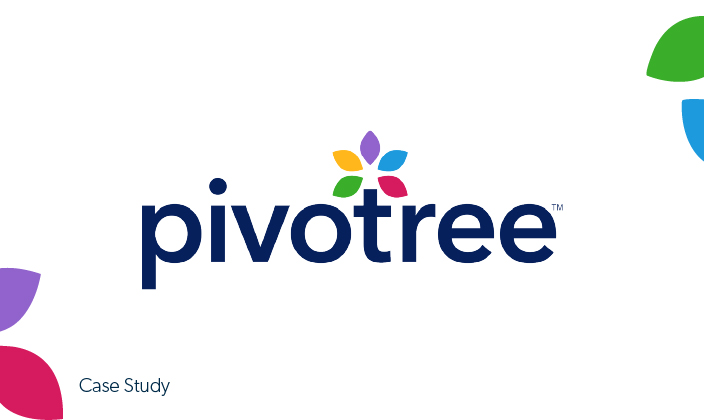Build a Cloud-First Directory
Whether you have no directory or wish to extend or replace AD, set yourself up for success with JumpCloud’s modern, open, cloud-based directory.
1/3
Of organizations fail to implement acceptable security measures to protect their cloud-based resources.
36
Cloud-based services, on average, are used by a typical employee each day, which all need to be managed by IT.
87%
Of organizations have a hybrid cloud strategy that requires a modern, cloud-based directory to secure and manage identities and access properly.
Leave No Resource Unmanaged
Regardless of what resources your organization uses or where your employees work, JumpCloud can help you manage it all securely, with minimal overhead. With our open directory platform, you can administer your organization, your users, their devices, and their access to applications, networks, infrastructure, and more, all remotely and automatically from a single console.
“I found Active Directory to be a very untenable solution. I said, ‘You know what, there’s got to be something better than this.’”
Product Details
Open Cloud Directory
Centrally secure and manage core user identities, with robust access and device control.
Learn MoreIdentity Lifecycle Management
Centralized, and automated identity and access management, from day one of employment throughout their entire tenure with your organization.
Learn MoreMulti-Factor Authentication (MFA)
Secure identities and manage access to all of your digital resources with MFA to prevent unauthorized logins.
Learn MoreOpen Integrations
Easily import identities from your HR system to simplify and automate identity management.
Learn MoreDirectory Insights®
Directory-level event visibility with access to accurate, real-time data across every user identity, device, and resource.
Learn MoreCross-OS Device Management
Windows, Mac, and Linux device management to configure, secure, and support endpoint and server infrastructure.
Learn More







